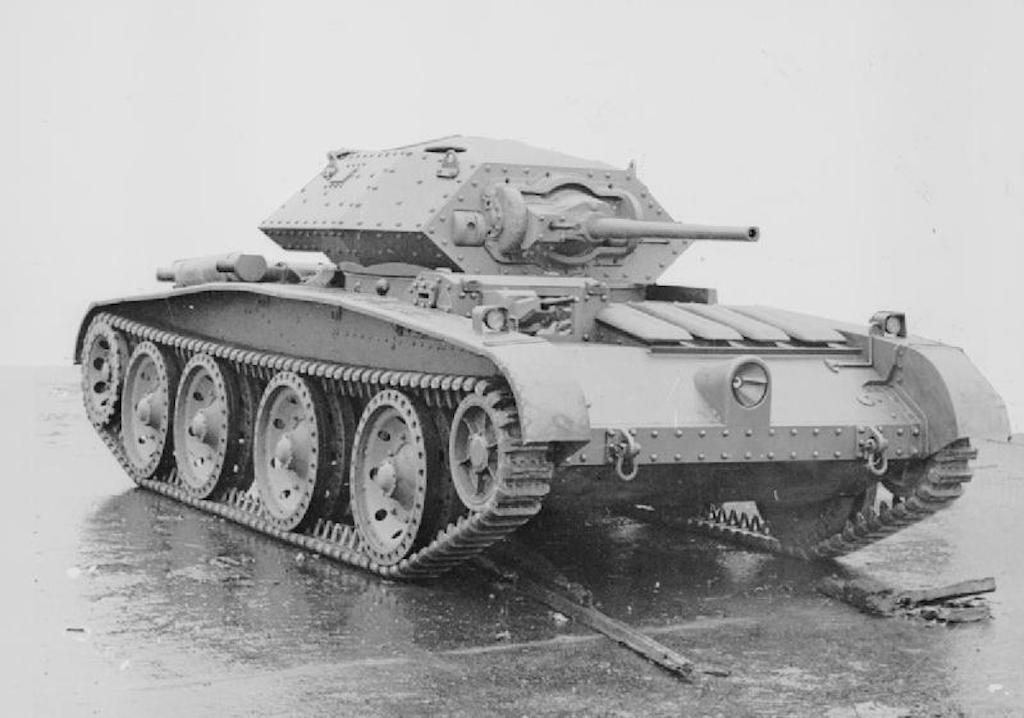The British Covenanter tank looks way ahead of its time like someone took a prototype Abrams and photographed it with an old camera. But the old cruiser rushed into production with World War I designers working at the outbreak of World War II. It ended up too slow and hard-to-cool for North Africa. By the time the war moved back to Europe where it could fight, it found itself outgunned, out-armored and out of time.
It never saw combat and ended up on historians’ lists of the worst weapons of the war.
Britain loses nearly all its tanks
At the outbreak of World War II, the future Allied powers had a fleet of outdated weapons. Britain invented tank warfare, but British tanks suffered between the wars. The Brits couldn’t seem to get their doctrine straight and then design tanks to match it. After years of squabbling and mostly squandered design and procurement budgets, they finally settled on three tank designs. They wanted reconnaissance tanks, infantry tanks and cruisers.
The cruisers, which Covenanter would eventually be, had to exploit breaks in the enemy line quickly but strong enough to fight toe-to-toe with enemy tanks. But British tank designers struggled to produce engines and suspensions that could move a fairly heavy tank quickly.
In 1939, Britain bought 100 of a new tank design before a single one had been produced. The A13 Covenanter was a “heavy cruiser” with just enough armor to take most German shells and a 2-pounder gun that could, in theory, kill most German tanks in 1939.
During fighting in France in 1940, British tanks failed to match their German counterparts, and all were lost during the “Miracle at Dunkirk” evacuation. Britain had to replace nearly its entire tank fleet even as Germany sought a path over the English Channel.

The Covenanter: barely better than nothing
Sir Winston Churchill, desperate for enough tanks, ordered production of all existing tank designs, regardless of identified issues or shortcomings. Britain built more Covenanters, even though it proved quick to overheat and hard to keep running.
German armor quickly advanced in quality rather than quantity. The Covenanter became nearly obsolete for its mission of tank-on-tank combat. It likely could’ve been effective against Italian tanks. But those were in North Africa, where the Covenanter could never hope to survive.
And so the Covenanter pulled home defense and training duties. It did fine at this, obviously. The Germans never got any tanks across the Channel, and training on the Covenanter was fine as long as it wasn’t too hot out.
But by the time that major combat shifted back to the European Theater, enemy tanks and anti-armor weapons vastly outclassed the Covenanter. Canadian crews headed from England to France buried their tanks. Modern historians see this as “tidying up” the mess that was the Covenanter.
Britain struggled to field a good tank for the entirety of the war but popped the amazing Centurion tank out right as the war ended.


